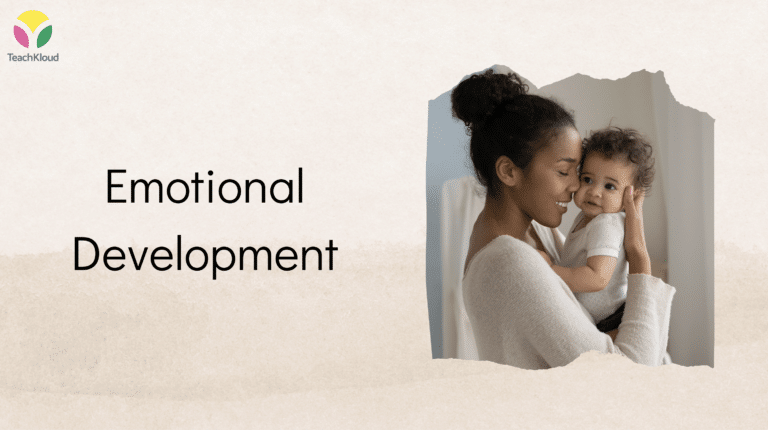The Benefits of Silence in Child-Led Learning
When we consider education, often what leaps to mind is an animated teacher guiding lessons, lively class discussions, or interactive group activities. Yet, one fundamental, but commonly overlooked, element is silence. Far from being a sign of boredom or disinterest, quietude can be a potent tool in child-led learning, fostering concentration, self-reflection, and emotional understanding.
Let’s delve deeper into how and why incorporating moments of silence into young learners’ experiences can provide such notable benefits:
Shared Silence Encourages Concentration
Children are naturally curious creatures who thrive in serene environments that allow them to explore their interests. By introducing periods of silence into learning time, we create a calm setting that encourages children to concentrate intensely on their tasks. As a result, they become absorbed in what they’re doing, and their capacity for deep, focused learning evolves.
Quietness Facilitates Self-Reflection and Independence
When children are given periods of quiet, they have the opportunity to reflect and process what they’ve learned. They can ask themselves important questions, evaluate their performance, and think creatively about solutions to problems. This process not only enhances comprehension but also develops essential skills for independence.
Silence Provides Emotional Understanding
Lastly, silence provides an avenue for children to tap into their emotions. By observing moments of quiet, they can recognise various feelings and learn how to manage them appropriately. This emotional understanding aids in their socio-emotional development and contributes to building healthy relationships with others.
Undeniably, silence is a powerful tool in child-led learning that we must learn to harness. By adopting a balanced approach, mixing active participation with moments of silence, we can provide an optimal environment where learners are driven by their curiosity, armed with self-reflection, and graced with emotional wisdom.
Silent Observations: Harnessing the Power of Watching and Listening
Imagine this, you’re standing in the home corner, sipping your morning cuppa. A child is engrossed in an imaginative play scenario she created herself. You’re there, but you’re not there. You watch, you listen, but you don’t intervene. This still, quiet observation can be a powerful tool in child-led learning, opening the door to deep comprehension.
Observation takes you to the heart of children’s world, which is otherwise invisible. You might perceive tendencies, interests or new learning that had been under your radar. What else can silent observation offer you and your little thinkers:
- Understanding of Child’s Interests: Watching children play quietly can reveal what truly captivates their attention. You may notice your child is fascinated by dinosaurs, art, or building structures with blocks. These interests can form the basis of future learning experiences and activities.
- Insight into Learning Styles: Silent observation can also outline how the child learns best. Some children are kinesthetic learners, some auditory, and others visual. Recognition of these styles allows you to adapt the learning environment to their preferences, thus promoting more effective learning.
- Detection of Potential Challenges: Through thoughtful observation, you may identify potential learning challenges or behavioural concerns early on. Detecting these hurdles early allows for timely intervention and support.
Beyond these practical insights,
silent observation also cultivates a respect for children’s autonomy, their ability to learn and grow at their own pace. It’s an acknowledgement that they are capable, unique individuals with their own ways of exploring the world.
We should, however, bear in mind that observation is not a passive stance. It requires active engagement–listening with full attendance. It might seem daunting or challenging to embrace silence while your child is learning, but the rewards are invaluable. By observing silently we’re essentially saying, ‘I trust you. I believe in your ability to learn.’
And there, a bright-eyed child thrives.




